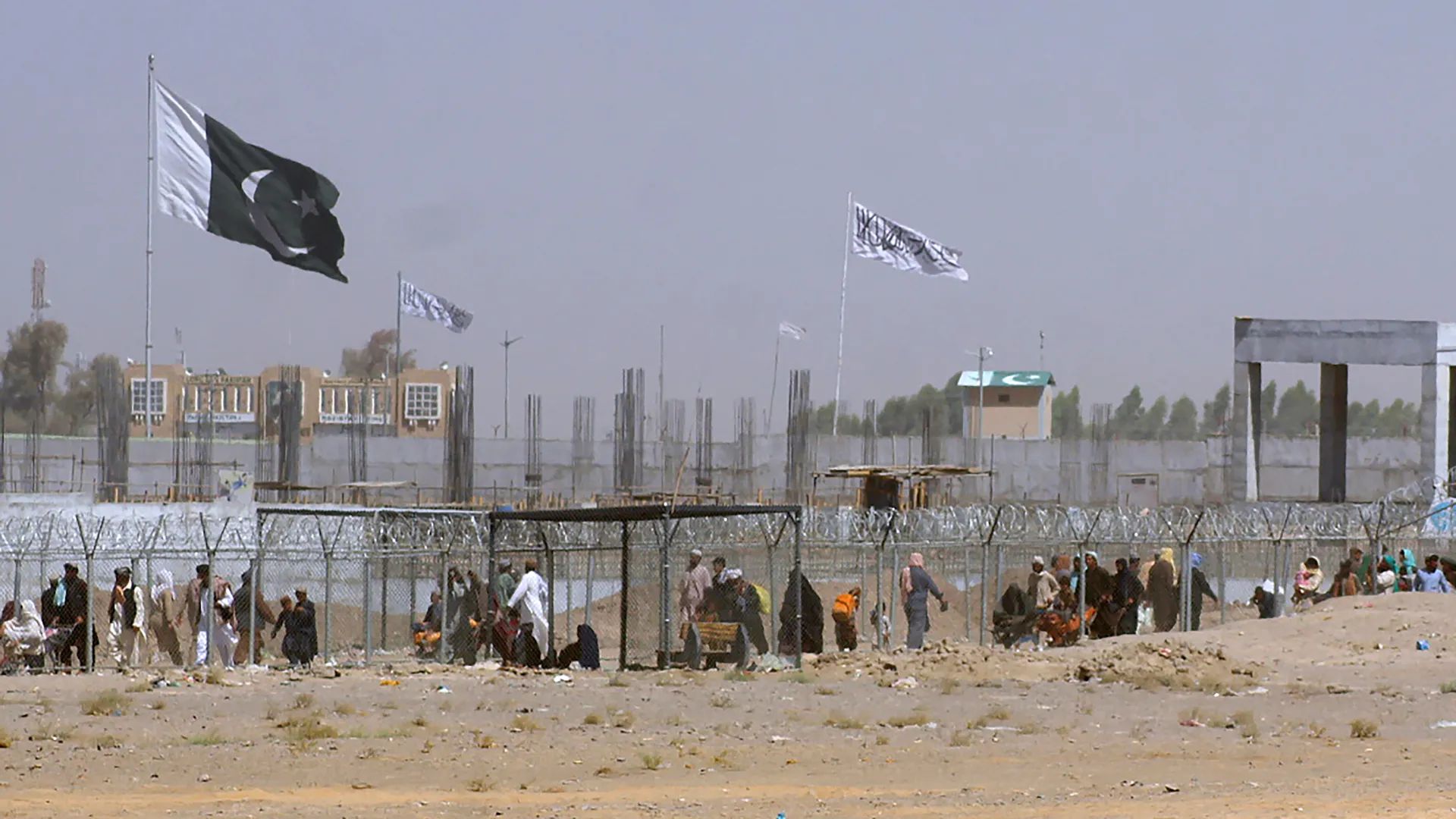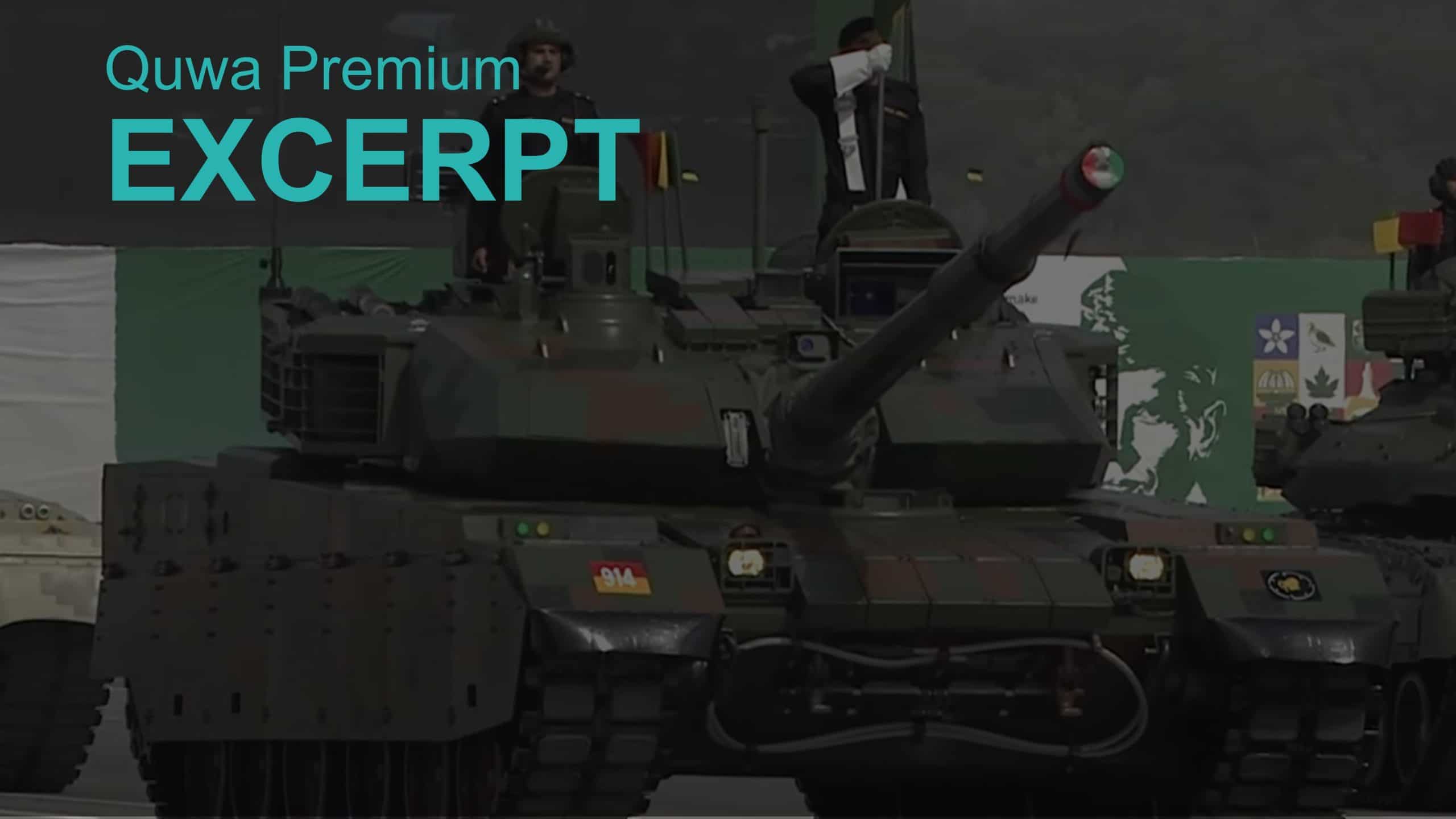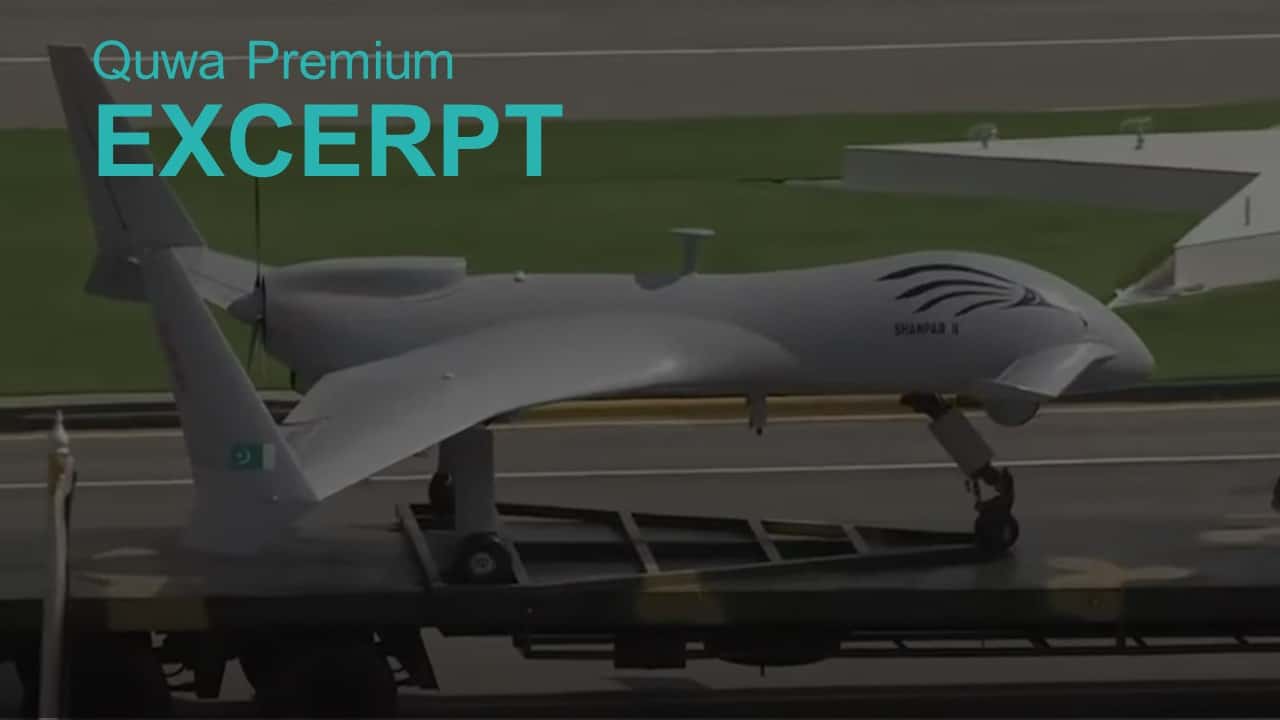14907Views

Pakistan’s Westward Shift: What the Fighting With the Taliban Really Means Quwa Premium
The current flare-up between Pakistan and Afghanistan is rooted in the Durand Line, a 2,640 km colonial-era border that Kabul historically refuses to recognize and Islamabad struggles to stabilize against a plethora of issues that, while distinct, generally emanate from the problems of its landlocked neighbour.
The immediate driver for today’s conflict is anchored to the Tehreek-e-Taliban Pakistan (TTP), which Islamabad accuses Kabul of sheltering, with other anti-Pakistan groups. The Taliban-led Islamic Emirate of Afghanistan (IEA) authorities deny it, but violence between the two countries spiked between 10-16 October, with heavy exchanges along the Spin Boldak-Chaman sector, reported drone strikes in Kabul, and a ceasefire brokered with third-party support.
This is not Pakistan’s first kinetic move across the border. In 2022 and 2024, Pakistan struck parts of eastern Afghanistan in low-intensity, isolated attacks. But 2025 marks a shift in Pakistan’s approach through a regularization of cross-border strikes – including alleged airstrikes in Kabul – rather than isolated strikes.
In the ‘narrative war’, one will argue whether or not the TTP is using Afghanistan as a sanctuary and staging ground to mount attacks in Pakistan. However, regardless of the validity of that argument, one thing is clear: Pakistan has adopted a policy of using TTP (and, potentially, terrorism more broadly) as a pretense to attack within Afghanistan at a higher intensity and for longer durations. While Pakistan did attack the Taliban/IEA, the recent strikes were anchored to the clash between the two countries more so than any linkage between the Taliban/IEA and TTP. However, one can expect Pakistan to warn the Taliban/IEA of further escalation for such links (be it real or alleged).
The deeper implications of this current flare up is that Rawalpindi could again focus on the ‘western front’, but doing so would be much more challenging considering the tense environment on the ‘eastern front’ against India.
Geopolitically, Pakistan has suffered from an enduring tension between its western and eastern priorities. From the onset of Pakistan’s formation in 1947, the expectation (from Britain and later the United States) was that Pakistan would focus on its west to contain the Soviet threat. Following 9/11, that expectation shifted to containing insurgencies that were weakening the US-led NATO occupation of Afghanistan. However, also from 1947, Pakistan was also fixated on Kashmir, which led to an ongoing dispute (which flared up into multiple conflicts) with India.
End of excerpt. You’ll need to login or subscribe to Quwa Premium to access the full article.
Existing Quwa Plus/Pro members can log in below
Note: Logged in members may need to refresh the article page to see the article.


